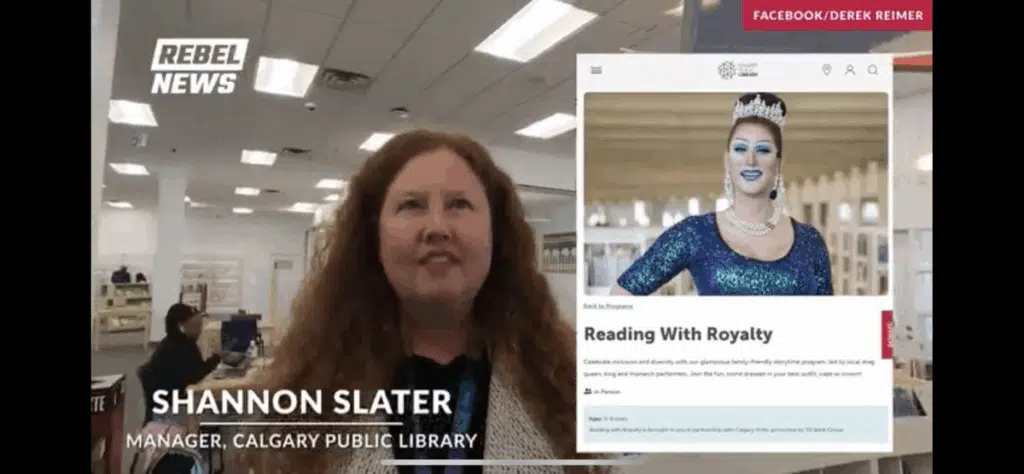
Celebrating a Big Beautiful Victory With America First Energy Policies
By greatly restricting and outright eliminating some of the most pernicious taxpayer funded government favors in the energy sector, President Donald Trump has delivered on key campaign promises that will ultimately lead to lower energy costs.
That’s a victory worth celebrating since the policy shift puts America back on a path toward energy independence that cuts also ties with hostile foreign sources. Among the key winners, are American consumers who stand to benefit from a wider range of choices for everyday items like cars that suddenly drop in price.
The “One Big Beautiful Bill” (OBBB), which Trump signed into law this past July torpedoes what Tom Pyle, president of the Institute for Energy Research (IER), calls “market distorting subsidies” for wind and solar projects. This move alone represents a sharp pivot away from the Biden-era policies that penalized domestic oil and gas production while artificially pumping up green energy projects that can’t stand on their own two feet.
The OBBB delivers a powerful one-two punch in favor of American energy independence by making most solar and wind projects ineligible for the subsidies and by opening new avenues for oil and natural gas lease sales across federal lands and waters. In a nutshell, Trump’s OBBB effectively guts the worst elements of President Biden’s “Inflation Reduction Act,” (IRA) which was in reality a climate bill that increased taxpayer costs. That’s the upshot. But one major defect of the OBBB is the presence of a loophole that makes it possible for last-minute green energy projects to receive taxpayer subsidies if they are “under construction” within a year of the bill becoming law. Apparently, projects committing 5% of costs within this time frame would qualify and could still receive tax credits so long as they get started by July 2026. Even so, Pyle views the overall legislative package as a significant victory.
“What’s important to know is that all of the IRA programs that were directed toward renewables and wind and solar, and batteries and so forth, are sunsetting by December 2028,” he said in an interview. “The programs end and that matters because when they completely expire it’s going to take a lot more effort to renew and revive them. This gives folks who care about markets, and affordability, and reliability of electricity, a leg up in the battle, and the debate.”
So, to Pyle’s point, if for instance, a highly progressive Democrat like Gov. Gov Newsom of California, or Rep. Alexandria Ocasio-Cortez of New York were to become president, they would have difficulty reviving the kind of green subsidies that were in place under IRA because it would mean starting from scratch.
By getting the government out of the energy business, it should become fairly easy to determine how reliable and affordable wind and solar really are for electricity generation. If they cannot survive without the taxpayer subsidies, it becomes difficult to make the case that either energy source is ready for prime time. That’s especially true given the ever-expanding energy demands for artificial intelligence.
But what about that loophole?
That’s where, as Pyle explains, Trump’s Treasury Department can “make clear definitions of what’s under construction” to ensure that the wind and solar operators are not “gaming the system.”
Trump did sign an executive order after the OBBB was passed to further close off wind and solar subsidies that frees taxpayers from paying for what the EO describes as “unreliable, foreign controlled energy sources.”
Pyle is also encouraged to see that Speaker Mike Johnson wants to move ahead with possibly one or two more reconciliation bills that could present additional opportunities to, as Pyle says, “slam the door on the wind and solar gravy train.”
Consumers Back in Charge of Auto Purchases
The Biden administration’s attempts to coerce a transition over to electric vehicles (EV) has already come to a hard stop. The OBBB eliminates the $7,500 federal tax credit for new EV purchases and leases, as well as the $4,000 credit for used EVs, beginning on September 30. For this, the Save Our Cars Coalition, which includes more than 30 national and state-based groups committed to consumer freedom, can take a bow. The Institute for Energy Research, a coalition member, produced a report titled “When the Government Chooses Your Car” that explained how government EV mandates involved hidden costs. The report found that EVs are much more expensive than gasoline-powered vehicles both in terms of their upfront costs and the maintenance and infrastructure that goes into supporting them.
“The only real results of this forced electrification was more expensive cars and fewer choices for consumers,” Pyle said. “But because President Trump put an end to the EV mandates and subsidization we are at place where consumers are back in the driver’s seat as opposed to the government. This is especially important for people on the lower ends of the economic ladder since cars have become so expensive to the point where they are out of reach for many Americans. This takes away their mobility, opportunities for having jobs, and essentially their freedom. Market forces, not government mandates, should determine the composition of the vehicle fleet.”
But there’s more than just economics at work. Trump’s willingness to emphasize domestic energy production also has important national security ramifications. China produces something in neighborhood of 90% of the word’s rare earths, a group of 17 elements used in the defense, EV, energy and electronics industry.
“Becoming dependent on China for our energy, our mobility, and electricity in the form of wind and solar is not in our national interest,” Pyle said. “Fortunately, the Big Beautiful Bill has real teeth with respect to preventing these components from being outsourced to China.”
In another clean break from the Biden era missteps, the OBBB also calls for oil and gas lease sales on and offshore thereby unlinking them from renewables leasing and restoring royalty rates to where they were prior to IRA levels.
“The Big Beautiful Bill addresses the Biden administration’s disdain for leasing on public lands,” Pyle said. “The bill mandates lease sales and that’s in law now. So, in a future administration that does not believe in our energy security and in producing these oil and gas resources here at home, the bill would prevent that administration from doing what President Biden did, which was to offer them the fewest leases on federal lands of any president in history.”
Keep in mind, this unleashing of American energy took place before EPA Administrator Lee Zeldin’s announcement that he would begin the necessary rulemaking to withdraw the 2009 “endangerment finding,” which was used for years to deny Americans access to affordable energy based on highly specious legal and scientific reasoning.
The OBBB along with the deregulatory actions of the EPA, and other federal agencies, demonstrate that Trump has kept his campaign promises while implementing enduring “America first” policy changes that will be difficult for future administrations to unwind.
But the recalibration of American energy policy would not have been possible without support from key congressional figures. This is why the American Energy Alliance, a nonprofit group that favors free market energy policies, has released an “American Energy Scorecard” that highlights how lawmakers have voted on key energy policies in each state. The scorecard makes it clear who is on the side of American energy independence and who is complicit in policies that would make America more dependent on China. It’s a valuable tool to have prior to the midterm elections.
Kevin Mooney is a senior investigative researcher for Restoration News.
This article was originally published by RealClearEnergy and made available via RealClearWire.



